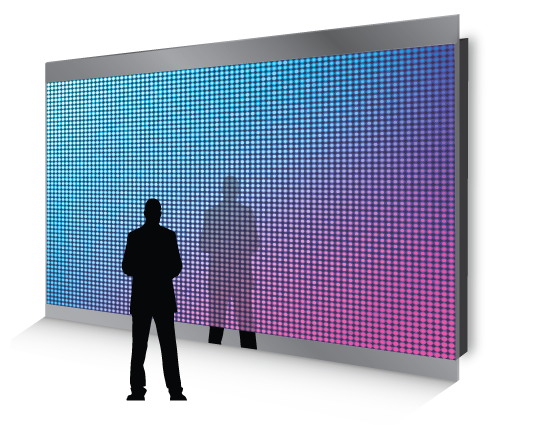Mastering Color Precision in LED Wall Adjustment for Breathtaking Visual Displays
Mastering Color Precision in LED Wall Adjustment for Breathtaking Visual Displays
Blog Article
Hue accuracy is essential for producing stunning graphic presentations, especially when using LED walls. These massive screens are frequently found in places like concert venues, sports arenas, and advertising billboards. When the colors on an LED screen are not correct, the visuals can look dull or warped, which can impact the total impression for viewers. Therefore, mastering color accuracy in LED screen calibration is crucial for attaining vibrant and realistic visuals.
The initial step in guaranteeing color accuracy is comprehending how LED systems works. LEDs, or light-emitting diodes, produce light in various shades by combining red, green, and blue (RGB) light. Each pixel on an LED screen is made up of these three colors. When tuned correctly, the mix of RGB can produce a wide range of colors. However, if one color is too bright or too faint, it can throw off the entire display. This is why calibration is necessary to balance the colors and reach the desired graphic result.
Tuning involves adjusting the configurations of the LED screen to make sure that the hues displayed match the initial material as nearby as feasible. This process typically includes using specific software and hardware instruments. Technicians often use color assessment devices, such as spectrophotometers, to examine the colors being displayed. By comparing the measured colors to standard color values, they can make precise modifications. This ensures that the hues are not only vibrant but also consistent across the entire display.
Another important factor of color precision is understanding the surroundings in which the LED wall is employed. Factors such as ambient light can considerably impact how colors look. For instance, a brightly lit room may fade hues, making them look not as lively. To counteract this, technicians may adjust the brightness and contrast configurations of the LED wall. Additionally, they may choose specific color profiles that are more suited for different lighting environments. This flexibility helps preserve color accuracy regardless of the viewing environment.
Finally, routine upkeep and recalibration are crucial for maintaining an LED screen looking its finest. Over time, the functionality of LEDs can change due to Find Out More factors like degradation and heat fluctuations. Frequent inspections and modifications can help ensure that the colors remain accurate and vibrant. By committing time in appropriate tuning and maintenance, venues can provide viewers with stunning visual displays that enhance their total impression. Mastering color accuracy in LED screen calibration is not just a mechanical job; it is an art that contributes to the magic of graphic narration.